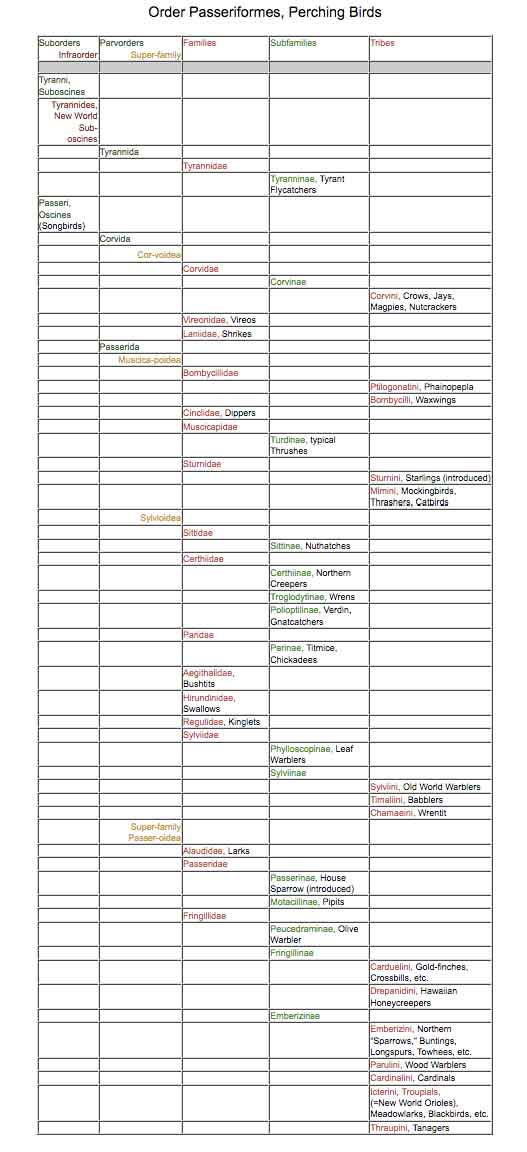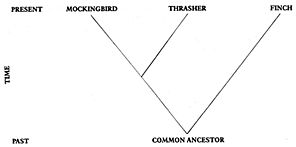DNA and Passerine Classification | ||
|---|---|---|
A
new laboratory technique is beginning to solve persistent
mysteries of the evolutionary relationships of various
groups of birds. Evolutionists Charles Sibley and Jon
Ahlquist have been comparing the DNA (the molecules that
encode the genetic information) of different birds. In
outline the technique is simple. DNA from one species is
boiled briefly, which causes it to "melt" -- that is, to
separate into its two complementary component strands. Then
the single strands of one species are labeled with a
radioactive isotope, mixed with unlabeled strands from a
different species, and incubated at 140 degrees Fahrenheit
for 120 hours. At that temperature complementary DNA strands
bond together chemically. Sibley and Ahlquist then determine
how much they must heat the DNA to melt the hybrid molecules
that have formed. The more similar the genetic information
coded into the DNA from the two species, the more tightly
the two halves of their hybrid DNA molecules stick together
(nonhybrid DNA, both halves from the same species, has the
highest melting temperature). The lower the melting
temperature, the more dissimilar the two DNA strands and
more distantly related the two birds supplying the
strands.
Below we give Sibley and Ahlquist's proposed classification of the passerine birds of North America, based on their DNA-DNA hybridization studies. It has features that will strike those familiar with older classifications as quite unusual. For instance, vireos and wood warblers have usually been thought to be closely related, but here they are not. Mockingbirds, thrashers, and catbirds are placed in the starling family, and wagtails and pipits are shown as relatives of African weaver finches and the House Sparrow group. On the other hand, the Yellow-breasted Chat is confirmed as a close relative of the wood warblers. We believe that the Sibley-Ahlquist classification is much closer to biological reality than that recognized in the 1983 AOU Checklist. Since the Sibley-Ahlquist proposal is somewhat controversial and unfamiliar to most bird enthusiasts, however, the higher classification (arrangement of groups above the generic level-subfamilies, families, etc.) used elsewhere in this book follows the AOU treatment.  |
||
| SEE:
Species and Speciation;
Birds, DNA, and Evolutionary Convergence. Copyright ® 1988 by Paul R. Ehrlich, David S. Dobkin, and Darryl Wheye. |
||
